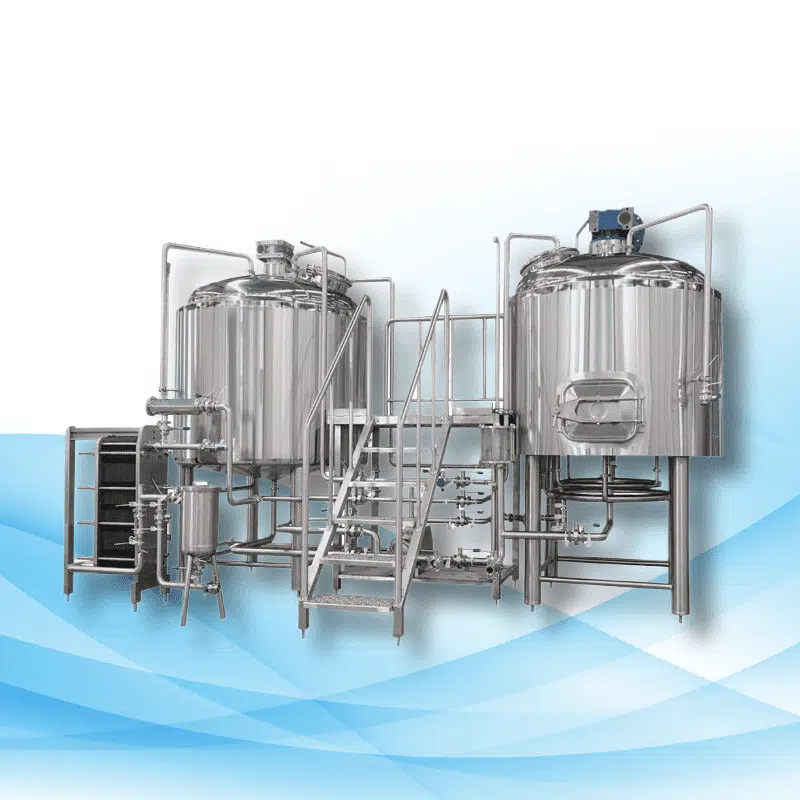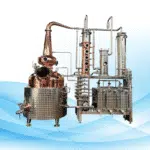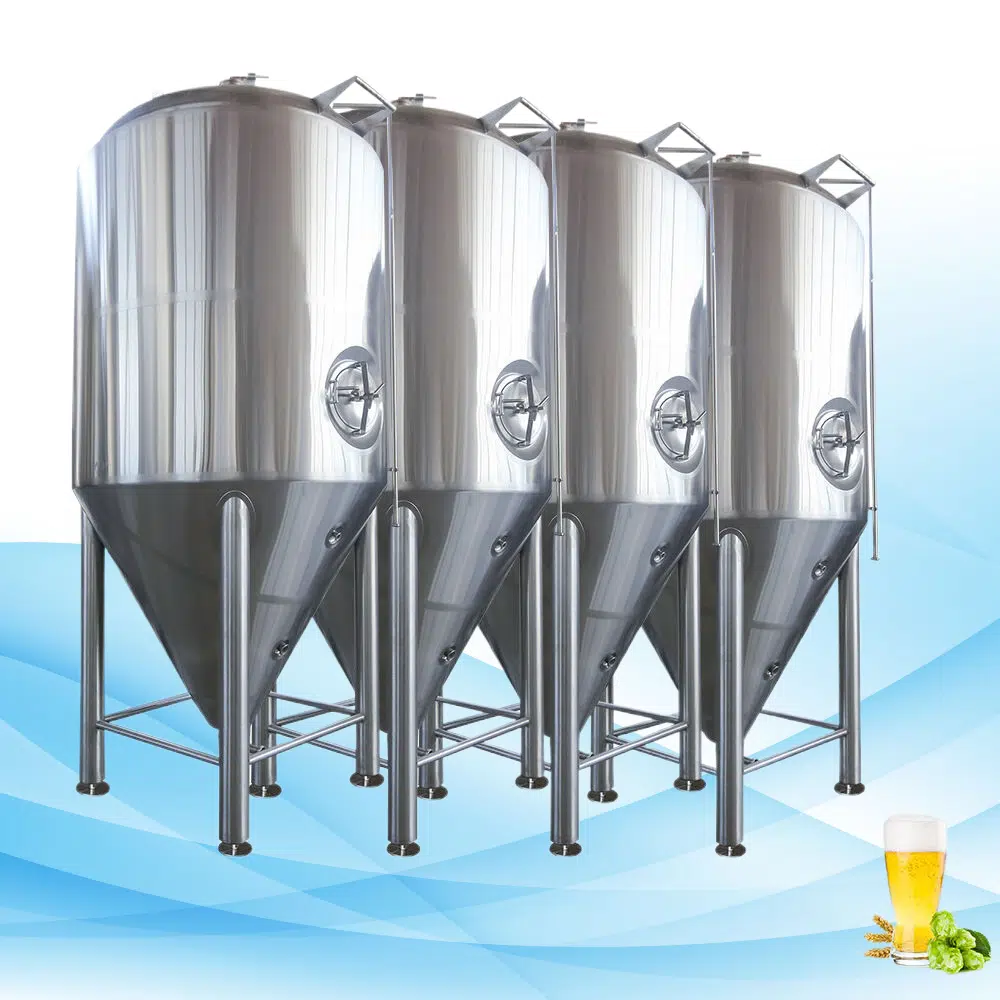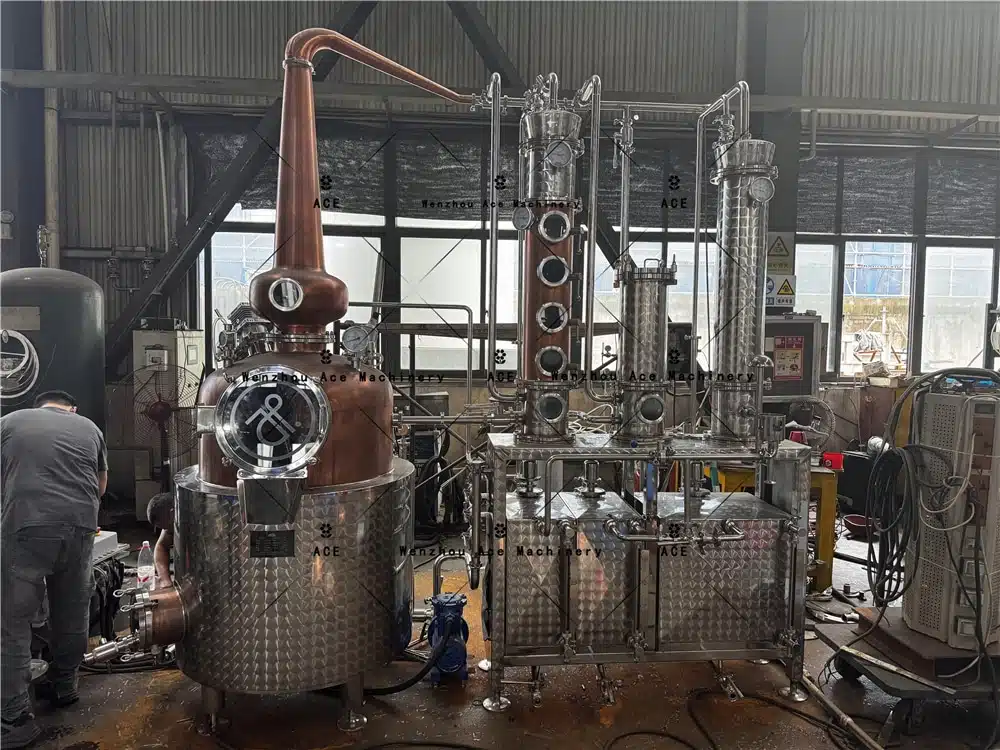The mashing tun is an integral component of beer brewing processes, serving to convert malt starch to fermentable sugars for fermentation.
Proper use of this equipment not only improves quality of beer but also increases efficiency – in this article we’ll explain how best to utilize one in detail.

Prep Work
Before using a mash tank, there are various preparations which must be undertaken prior to its use:
Maintain the Equipment: To effectively clean your saccharification tank, utilize a CIP rotary spraying device for thorough sanitation. Be certain there are no residue or impurities present inside. When checking equipment, ensure all valves, connecting pipes, temperature probes (PT100s) and temperature probes (PT1000s) are working as planned.
Prep the heater: Before starting up your furnace, ensure the steam jacket and heating system are in good shape and can heat efficiently.
Add Water and malt
- mes Water: To begin the beer-brewing process, add a certain amount of water according to your recipe’s callout in your saccharification tank, making sure its temperature fits with whatever type of beer is being brewed.
- Add Malt: Slowly pour pre-crushed malt into the saccharification tank until its even distribution is ensured. Launch the mechanical stirring device and use its frequency control function to adjust stirring speeds until all malt and water have been thoroughly mixed together.
Temperature Control
For saccharification, utilize the steam jacket to reach an ideal saccharification temperature range between 65 and 70degC using steam heating, which allows enzymes to convert malt starch to sugars.
Temperature Monitoring: To maintain optimal saccharification temperature conditions in the tank, real time temperature monitoring with an LED display probe and probe ensures stabilization. Adjustments may be made as necessary.
Maintenance and Stirring
It is crucial to keep a constant temperature during saccharification, with regular stirring using mechanical stirring devices used to keep malt from settling out of suspension and ensure even heating of all ingredients in the mixture.
Stirring Frequency: Adjust the stirring frequency according to your brewing needs for optimal enzyme action and optimal saccharification.
Completion of Saccharification
- Evaluation of Saccharification Effect: Utilize a level connection tube to measure the sugar concentration within the saccharification liquid in order to assess whether saccharification has completed.
- Preparations for Cooling: Once saccharification has been completed, stop heating and allow the saccharification liquid to cool naturally or via its condensate outlet pipe.
Drain Saccharification Liquid, Step Six
To drain saccharification liquid from a fermenter, open its drain valve at the bottom and add sweetener as instructed above. After pouring, any malt residue can be extracted through filtering systems or manually.
Cleaning: Once saccharification has concluded, use the CIP system to conduct another thorough tank clean to ensure a residue-free environment for its next use.
Precautions
It is always essential to follow safety procedures when operating and draining the saccharified, especially during heating and draining processes. Use safety combination devices if possible in order to avoid accidents.
Maintenance should also be conducted periodically to maintain stable operation over an extended period.
Adhere to these steps for optimal use of the saccharification tank’s functions to enhance both efficiency and quality when it comes to beer brewing. A properly utilized saccharification tank not only improves taste, but can make brewing processes more professional and efficient as well.
















